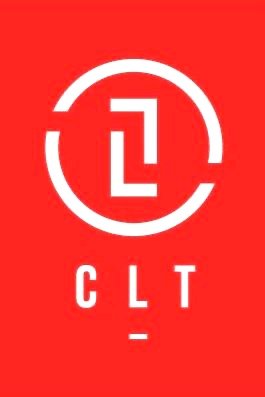Why does the Collaborative Leadership Team love Scrum? Because the Team (Development Team, Delivery Team, Leadership Team, Finance Team, etc) is allowed (and required) to use their creativity to solve a problem or create a new solution. If Teams are only needed to solve a well defined problem by following a preset solution, that Team is likely going to be automated at some point. See car manufacturing...
We're supposed to be thinking while we do this.
Great thoughts from one of our favorite Founding Fathers, Ron Jefferies. Click here for Ron's Article
High Risk High Reward
Synopsis
Principle number three of the Agile Manifesto says, “Deliver working software frequently, from a couple of weeks to a couple of months, with a preference to the shorter timescale”. Delivering working product (software, hardware, services, etc.) is the measurement in an Agile Transformation, where business value becomes a reality. Customers, internal or external, respond value by buying our product, not buying it, or giving us feedback on what they would like to see us do different.
FAKE SCRUM - Multitasking: Giving the Team a Built-In Excuse to Fail
If you have been following CLT’s recent blogs, you will see that we are on a crusade to end FAKE SCRUM. Here is a our next example:
Are You Resistant to Change?
Are you resistant to change? One of the reasons people attend Collaborative Leadership Team’s courses is to learn a different way of working. Many, however, spend the duration of the course trying to figure out how to make Agile and Scrum into exactly what they are doing currently. Angela Johnson, Certified Scrum Trainer and Agile Coach shares information she recently learned about why change is so hard.


